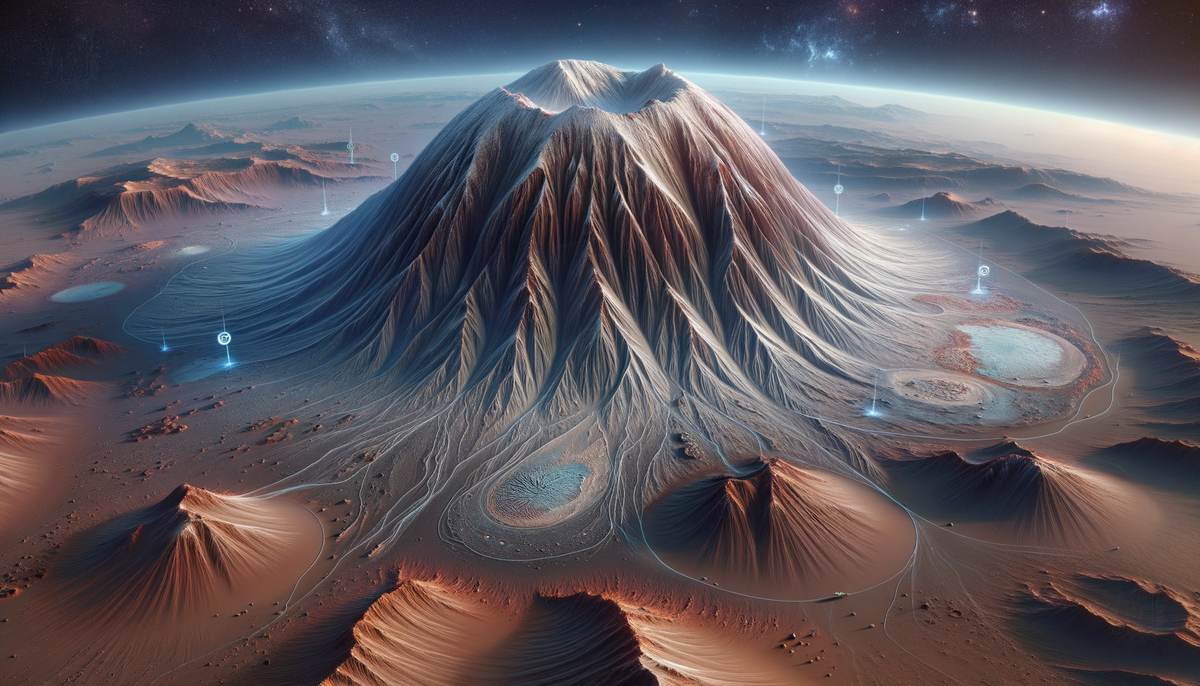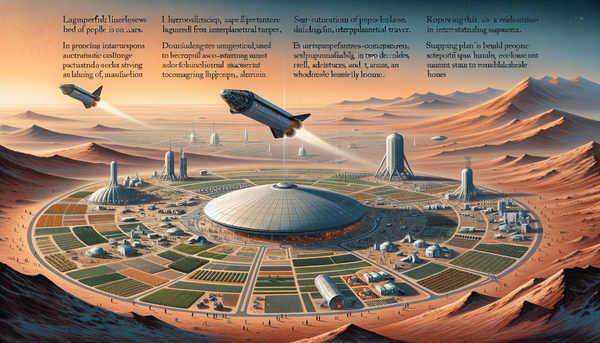Mars Reveals Everest-Sized Volcano with Subsurface Ice

Researchers at the 55th Lunar and Planetary Science Conference in The Woodlands, Texas, have unveiled the discovery of a vast volcano, named Noctis volcano, in the Tharsis volcanic province on Mars. This structure, located near the planet's equator, reaches an impressive 9,022 meters in height and extends 450 kilometers in width, making it one of the largest volcanic features on Mars. The Noctis volcano has been an active geological feature from ancient times to the recent past and is comparable in size to Earth's largest peaks.
Significantly, scientists have also detected indications of a potential subsurface glacier beneath the volcano. This discovery, hidden due to the volcano's eroded state, has remained largely unnoticed by orbiting spacecraft since 1971. The presence of what appears to be "blistered terrain" within the volcano suggests that extensive glacier ice may lie underneath, presenting intriguing implications for the potential of life due to the presumed sustained warmth and water from the ice.
This find opens new avenues for understanding the geological evolution of Mars, as well as the planet's climate history. It may also serve as a focal point for future research and exploration, as the possibility of accessing glacier ice near Mars' equator could provide critical resources for robotic and human missions. The volcano's capacity to harbor life, due to its warm environment and water, is another aspect that scientists are eager to investigate further.




